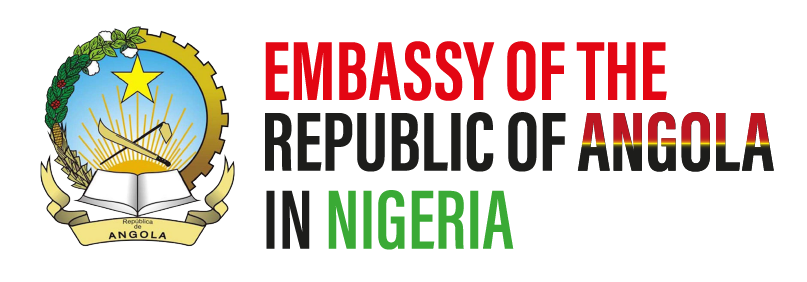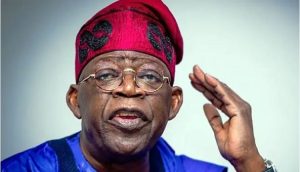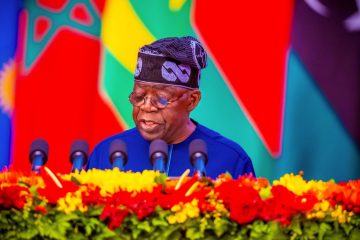- President promises to do more
President Bola Ahmed Tinubu yesterday cited the destructive impact of previous protests and the need to protect the ordinary people as his reason for urging caution about the planned protest
He expressed the concern while hosting notable monarchs at the State House, Abuja. The royal fathers were led by the Sultan of Sokoto, Alhaji Sa’ad Abubakar III and the Ooni of Ife, Oba Adeyeye Enitan Ogunwusi.
Acknowledging the challenges facing the country, including infrastructural decay, flooding and banditry, Tinubu emphasized the need for careful planning and economic viability in embarking on projects.
In a statement his spokesman Ajuri Ngelale, the President highlighted the Lagos-Calabar Coastal Road project, which he said would be an economic energizer, creating opportunities for infrastructure development, wind energy and irrigation.
He also stressed the importance of supporting small-scale farmers, providing capital and creating opportunities for economic growth.
Despite the planned protests, the President expressed confidence in his administration’s efforts, lacing his optimism with assurances from the Minister of Finance and the Coordinating Minister of the Economy that Nigeria is the recovery path.
According to him, the interventions to close the gap between the government and the people were already yielding the desired results.
He listed such efforts as the activation of the Student Loan programme, the consumer credit scheme and the affirmation of fiscal autonomy for local government councils.
He said the government will continue to release funds for human and infrastructural development at the grassroots.
He said: “Today, the Bank of Agriculture is empty. We have to reactivate it. If they are not talking about flooding, they are talking of banditry. We have to start all over again. Yes, infrastructural decay is there.
“The Lagos-Calabar Coastal Road is not being done without studies. It is an economic energizer. From it, we can create infrastructure along the route to develop wind energy and generate power, and we can expand our irrigation network.
“The economic viability of infrastructure has to be studied before we embark on projects. How many dams are there on the corridors of Sokoto- Badagry? From there, we can energize electricity. We can do irrigation and additional farms.”



